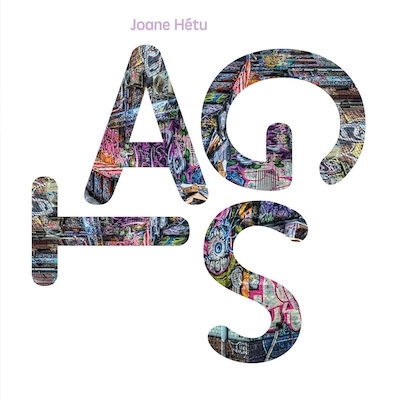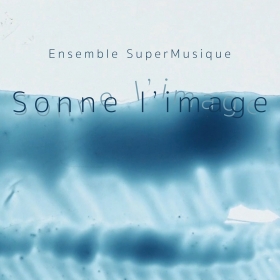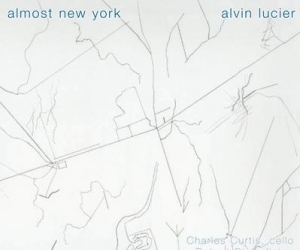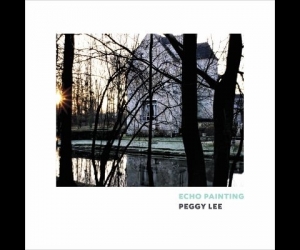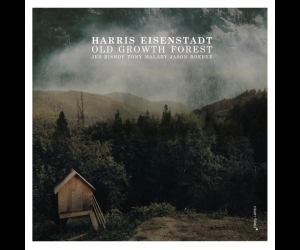Joane Hétu is the codirector of Montreal’s Ensemble SuperMusique (ESM), but that doesn’t mean she overloads the contemporary ensemble with her own works. She also composes for others. Each of these wide-ranging recordings contains only one Hétu–ESM collaboration. Compositions by flutist Cléo Palacio-Quintin and vocalist Viviane Houle are also on the ESM disc Sonne l’image. While the piece Hétu wrote for ESM on Tags is vividly expressive, her other pieces on the album demonstrate her sonic adaptability.
On Tags, the piece Préoccupant, c’est preoccupant: Les États features a nine-piece ESM interpreting a graphic score. This most jazz-like of tracks features trombonist Scott Thomson’s plunger variation finding a place among Guido Del Fabbro’s harsh violin sweeps, Palacio-Quintin’s elevated flute peeps, clarinetist Lori Freedman’s shrill pitches, and Isaiah Ceccarelli and Danielle Palardy Roger’s percussion patterns that move from rugged metal crunches to simple triangle pings. Expanded with vocal cries and Vergil Sharkya’s synthesizer oscillations, the piece undulates to a connective finale. Meanwhile, on Sonne l’image, Hétu’s La vie de l’ésprit is the audio portion of a thirteen-member ESM concert that included interactive video, animation and montage. This piece is more structured, as Houle’s lyric soprano is matched by the voices of Hétu and Jean Derome harmonizing phrases during the introduction and reprising that motif at the finale. The coda is sung in tandem with textures from the expanded ensemble, while the introduction integrates voices with a clarinet smear. As Olivier Saint-Pierre’s measured piano clips and synthesizer echoes create a continuum, string sweeps and reed tongue-stops fragment and reconstitute the narrative until its parts finally meld.
Extended reed techniques challenge unusual string affiliations on Tags’ title track, as Hétu and Derome join the Quasar saxophone quartet in an invigorating set-to with Quatuor Bozzini. Exhibiting reed augmentations such as finger vibrations, guttural stops, and echoing quacks, the six saxophones propel the two violins, viola, and cello away from sweet tropes to col legno recoil, wood-thumping percussiveness, and sul tasto harshness. Strangled human cries, reed peeps, and string strops ricochet against one another to the climax. Freedman and bassist Nicolas Caloia’s duet Ne t’estompe pas en moi is a reductionist variation of Tags. But the clarinetist’s glissandi curves and inner horn gurgles and squeaks don’t preclude the emergence of an animated melody, since even when the pitch and tempo ascend, the bassist’s calm pulse keeps the piece linear. As for the stacked textures of twenty guitarists on Les dentellières, the chord crunching, finger picking, and pedal steel echoing that overlap into a near opaque blend means that only flanges and twangs pierce the mass long enough to introduce individuality.
Two other tracks round out ESM’s Sonne l’image. Dense and highly rhythmic, Palacio-Quintin’s Aléas: Révélations des pierres muettes sprinkles simple vocalized words within the drones and stresses from electronics and vibrating objects. A threnody, Houle’s Last Words contrasts the singer’s bel canto warbles with keening and murmuring stop-time instrumental cries from the other players until the performance simmers to a low-pitched poignant resolution.
Hétu creates in many styles, and these discs confirm her proficiency in them all.
